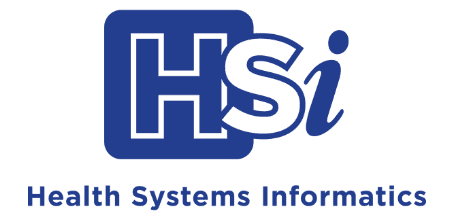A Discussion with Elaine Smith:
System Integrations – How? What? Why?

Efficiently and effectively integrating your organization’s partners, systems, and third-party applications into the Hospital Information System (HIS) can be an advantage to how you are able to do business, and switching to a new HIS may be needed to ensure you are working optimally. Elaine Smith possesses extensive knowledge and experience working with hospitals and multiple vendors in design, development, testing, troubleshooting, verification, maintenance, conversion, training, and documentation of interfaces. Below, she discusses how to get started, what to watch out for, and why you should consider a third-party Interface Engine.
Q: If you could give one piece of advice to anyone getting ready to integrate a new Hospital Information System (HIS), what would it be?
A: Start taking inventory now. Unfortunately, that does not mean inventorying only one thing. In addition to identifying all your interface partners and types of interfaces, identify partners that have no test system to begin discussions around set up for your new installation. Additionally, identify customizations within existing interfaces around special requirements or workflows you need to replicate with the new system. Review staffing requirements to maintain existing integrations and support the new build for both interfaces and conversions. Lastly, identify conversions needed to move historical data to the new EMR including the scope of timelines, data needed, and what formats. A lot of work!
Q: What is the most common issue you have seen for organizations implementing a new HIS and sunsetting their legacy system?
A: One of the issues every implementation can expect to experience is around contracting with your interface and conversion partners. Many of them take weeks to process a statement of work, require additional weeks to assign resources, and several more to begin work. The earlier you begin the discussions, the better chance you can meet your project’s timelines.
Q: When integrating systems, what advantages are there to utilizing a 3rd party Interface Engine?
A: Today, there are not many systems that can communicate with an EMR point-to-point. Having an engine allows you more options for establishing communications with a partner. You also have more options for mappings, translations, and custom coding unique for each partner. There are several high-quality interface engines in use today and getting someone experienced with your preferred engine goes a long way.
Q: As an objective 3rd party, what do you bring to your customers that sometimes they do not realize they need until you are working with them?
A: In a word, experience. Working in systems integration for over 23 years, I have experience as an employee and as a consultant with multiple EMRs and engines. I have learned no project is the same for any given set of integrations. Each new installation has its own set of challenges and I have learned best practices for keeping projects moving forward that I can bring to my customers to keep their projects on time and on budget.
There are many moving pieces when considering optimizing or replacing an organization’s Hospital Information System – partners, current integrations, customizations, and staff requirements to name a few. If you would like more insight from Elaine into managing your system integrations, she may be reached at HSi@hsi-corp.com.




